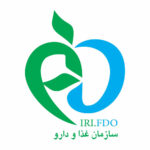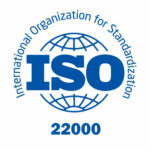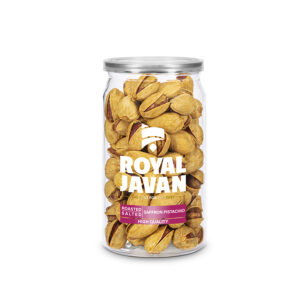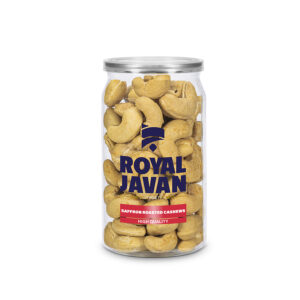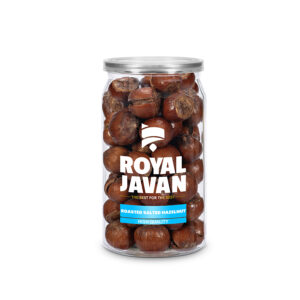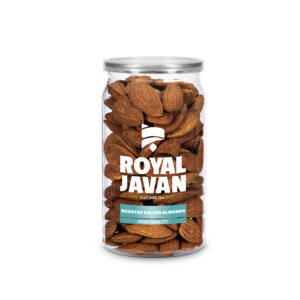Sunflower seed processing
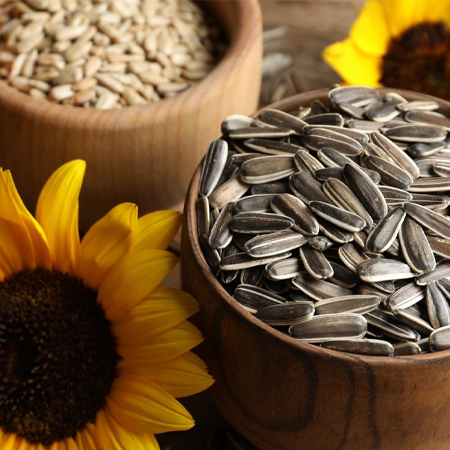
Sunflower seed processing involves a series of steps, from harvesting the seeds to preparing them for final consumption. Here are the main steps in sunflower seed processing:
1. Sunflower harvest
The initial stage of sunflower seed processing begins with the harvesting of sunflower flowers from the field. Harvesting is done when the seeds are fully ripe and the flower heads are dry. This may be done manually or using agricultural machinery.
2. Separating seeds from sunflowers
After harvesting, the seeds must be removed from the sunflower heads. This can be done manually or mechanized using special machines that separate the seeds from the heads.
3. Drying the seeds
After separation, the seeds must be dried to reduce their moisture content to a suitable level. This step is very important to prevent mold and spoilage of the seeds. Drying may be done naturally (under sunlight) or in industrial dryers. The appropriate moisture content for sunflower seeds storage is usually around 8-10%.
4. Washing
After drying, the seeds are washed to remove dust, mud, and other contaminants. This step helps to keep the seeds clean and ready for the next processing steps.
5. Desalting and flavoring (optional)
At this point, if the seeds are to be produced for consumption as roasted and flavored seeds, they can be salted and flavored with various flavorings such as vinegar, lemon juice, pepper, or other spices. This is usually done by soaking the seeds in salt solutions and then re-drying them.
6. Roasting (optional)
If the seeds are produced roasted for direct consumption, at this stage the seeds are roasted at a controlled temperature. This creates a delicious flavor and crunch in the seeds. Roasting may be done using mechanized equipment in factories.
7. Peeling (optional)
Some seeds are used for use as seed kernels. In this case, the seed skin must be separated from the kernel. This is done mechanically using seed shelling machines.
8. Packaging
After processing, the finished seeds are carefully packaged. The packaging should be such that it prevents moisture, air, and contamination from entering the seeds. Proper packaging increases the shelf life and preserves the taste and quality of the seeds.
9. Storage and distribution
After packaging, the sunflower seeds are stored at appropriate temperature and humidity conditions to prevent spoilage or flavor loss. The seeds are then distributed for domestic consumption or export.
10. Quality control
Quality control is of utmost importance at every stage of processing. This includes checking the moisture content, taste, smell and appearance of the seeds to ensure that the final product is of a standard.
Proper and hygienic processing of sunflower seeds increases their quality, shelf life and pleasant taste for consumers.

